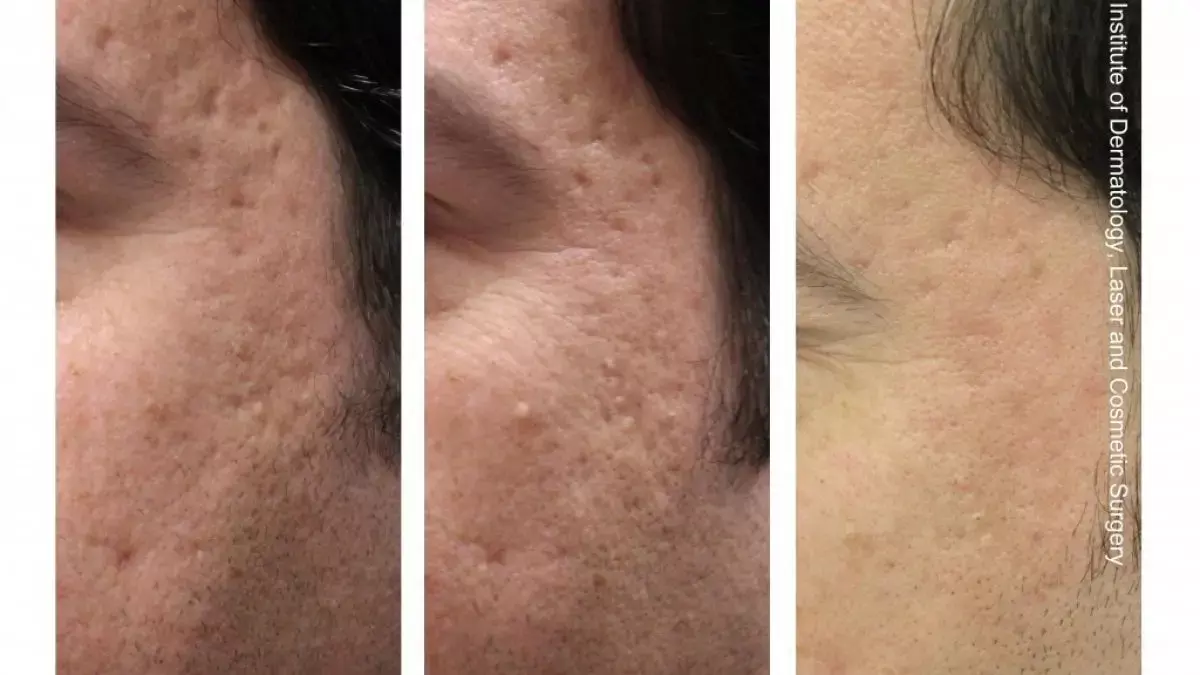- Home
- Medical news & Guidelines
- Anesthesiology
- Cardiology and CTVS
- Critical Care
- Dentistry
- Dermatology
- Diabetes and Endocrinology
- ENT
- Gastroenterology
- Medicine
- Nephrology
- Neurology
- Obstretics-Gynaecology
- Oncology
- Ophthalmology
- Orthopaedics
- Pediatrics-Neonatology
- Psychiatry
- Pulmonology
- Radiology
- Surgery
- Urology
- Laboratory Medicine
- Diet
- Nursing
- Paramedical
- Physiotherapy
- Health news
- Fact Check
- Bone Health Fact Check
- Brain Health Fact Check
- Cancer Related Fact Check
- Child Care Fact Check
- Dental and oral health fact check
- Diabetes and metabolic health fact check
- Diet and Nutrition Fact Check
- Eye and ENT Care Fact Check
- Fitness fact check
- Gut health fact check
- Heart health fact check
- Kidney health fact check
- Medical education fact check
- Men's health fact check
- Respiratory fact check
- Skin and hair care fact check
- Vaccine and Immunization fact check
- Women's health fact check
- AYUSH
- State News
- Andaman and Nicobar Islands
- Andhra Pradesh
- Arunachal Pradesh
- Assam
- Bihar
- Chandigarh
- Chattisgarh
- Dadra and Nagar Haveli
- Daman and Diu
- Delhi
- Goa
- Gujarat
- Haryana
- Himachal Pradesh
- Jammu & Kashmir
- Jharkhand
- Karnataka
- Kerala
- Ladakh
- Lakshadweep
- Madhya Pradesh
- Maharashtra
- Manipur
- Meghalaya
- Mizoram
- Nagaland
- Odisha
- Puducherry
- Punjab
- Rajasthan
- Sikkim
- Tamil Nadu
- Telangana
- Tripura
- Uttar Pradesh
- Uttrakhand
- West Bengal
- Medical Education
- Industry
Combined CO2 laser with 30% SSA significantly reduces dense comedones

Combined CO2 laser with 30% supramolecular salicylic acid (SSA) significantly reduces dense comedones suggests a new study published in the Lasers in Surgery and Medicine.
Dense comedones are common in patients with acne vulgaris, and promoting treatment can prevent the progression of acne lesions. However, the efficacy-time conflict makes the treatment challenging and the medication options are limited by the side effects.
Thirty-five patients with symmetrical dense comedones were enrolled and the two sides of the face were randomly assigned to receive 30% supramolecular salicylic acid (SSA) combined with CO2 laser or CO2 laser monotherapy at an interval of 2 weeks for six treatment sessions. Comedones count, porphyrin index (PI), texture index (TI), melanin index, erythema index, hydration index (HI), transepidermal water loss (TEWL), and side effects were recorded at each visit till the 12th week.
Results
Thirty-one patients completed the study. Comedones on the combined-SSA side were reduced more after six treatments, that the mean reduction rate of the combined-SSA side was 85.76%, and that of the CO2 laser-treated side was 62.32% (Pbetween < 0.001). Combining SSA also showed a better effect on reducing PI and TI than CO2 laser singly (Pbetween < 0.001). TEWL and HI between the two sides showed no significant differences after treatments. No permanent or severe side effects were observed on both side.
The treatment combined CO2 laser with 30% SSA dealt with the efficacy-time conflict while significantly reducing comedones and improving skin texture in 12 weeks and no serious adverse reactions occurred. It is a single-center study and the number of subjects was small.
Reference:
Yang, M-y, Liu, J, Ning, D-c, Liu, Y-t, Ye, D, Tu, C, et al. Combining superpulse dynamic CO2 laser and supramolecular salicylic acid in the treatment of dense comedones with higher clearance in a shorter time: a prospective, randomized, split-face clinical trial. Lasers Surg Med. 2023; 1–12. https://doi.org/10.1002/lsm.23717
Keywords:
Combined, CO2, laser, 30% SSA, significantly, reduces, dense, comedones, Yang, M-y, Liu, J, Ning, D-c, Liu, Y-t, Ye, D, Tu, Lasers Surg Med.
Dr. Shravani Dali has completed her BDS from Pravara institute of medical sciences, loni. Following which she extensively worked in the healthcare sector for 2+ years. She has been actively involved in writing blogs in field of health and wellness. Currently she is pursuing her Masters of public health-health administration from Tata institute of social sciences. She can be contacted at editorial@medicaldialogues.in.
Dr Kamal Kant Kohli-MBBS, DTCD- a chest specialist with more than 30 years of practice and a flair for writing clinical articles, Dr Kamal Kant Kohli joined Medical Dialogues as a Chief Editor of Medical News. Besides writing articles, as an editor, he proofreads and verifies all the medical content published on Medical Dialogues including those coming from journals, studies,medical conferences,guidelines etc. Email: drkohli@medicaldialogues.in. Contact no. 011-43720751


